- Ever wondered why cats eat grass even though they're carnivores? Discover fascinating theories, scientific findings, and expert opinions that reveal what really drives your cat's grassy cravings.
- What you'll discover in this guide:
- - The leading reasons cats eat grass
- - Whether eating grass is safe for cats
- - Potential health benefits and concerns
- - Vet-backed insights and home care tips

Why Do Cats Eat Grass? Debunking the Common Myths With Science
Have you ever spotted your cat in the yard or by a sunny window, chewing or nibbling on blades of grass , and wondered, “Why do cats eat grass?” This curious behavior may seem odd, especially since cats are obligate carnivores. Yet, grass eating is one of the most common behaviors observed by both pet owners and feline experts. Some believe it reflects an instinct inherited from their wild ancestors, while others suspect it serves a practical purpose for domestic cats today. Scientific studies suggest a mix of evolutionary habits and physiological needs drive this behavior. By examining both myths and research-backed realities, we can finally shed light on this intriguing question that has puzzled cat lovers for generations.
The truth is, cats eat grass for a variety of reasons, not all of which are fully understood. Some common myths suggest cats only chew grass when they’re ill or lack nutrients, but evidence points to a wider range of motivations, including instinctual drives and digestive health support. By exploring scientific findings and observing pet behavior, we discover that grass eating can be part of a cat’s normal routine, rather than an immediate cause for concern. Let’s look closer at the everyday habits, possible benefits, and what science has to say about this grassy mystery.
Cats Eat Grass: Exploring the Surprising Behaviors Observed by Pet Owners and Experts
Across homes worldwide, cat owners notice their pets engaging in remarkably similar grass-eating routines. Whether in a spacious backyard or near a pot of household wheatgrass, cats are seen chewing, nibbling, and sometimes even swallowing large amounts of grass . This common behavior isn’t limited to any particular breed or age — kittens and seniors alike can be tempted by a fresh patch of greens. Owners often report that their cats don’t eat grass daily, but rather explore and taste it intermittently, almost as if it’s a special treat or an act of curiosity.
Experts from animal hospitals and veterinary clinics have documented that cats eat grass more often than previously thought. Research published by organizations like Valley Animal Hospital indicates that up to two-thirds of domestic cats have been observed eating grass at least occasionally. The frequency and types of grass — including Bermuda, ryegrass, oatgrass, or even those grown as special “cat grass” — can vary depending on what’s available in the environment. But is this instinct universal? While not every cat displays the behavior, it is strikingly widespread. Genetics, upbringing, and access to safe greens all play roles in determining whether a particular cat is predisposed to eat grass.
"Grass eating remains one of the most intriguing, least understood feline habits. Ongoing research helps us better grasp its purpose." — Dr. Emily Wilson, DVM
Is Eating Grass Safe for Cats? Health Risks and Precautions
When your cat is eating grass , it’s natural to wonder: is grass safe for cats ? The answer depends largely on the type and source of the grass. Wild grasses often mimic what a cat’s ancestors consumed in nature, and varieties like wheatgrass and oat grass are generally accepted as safe for feline consumption. However, many ornamental or household plants can be hazardous, especially if treated with pesticides, fertilizers, or are naturally toxic to pets. Responsible cat owners should always check what’s accessible to their pet to avoid accidental poisoning.
A common health issue arises when cats ingest grass that has been treated with pesticides or fertilizers . Ingesting these chemicals can cause anything from temporary upset stomach to more severe toxic reactions such as vomiting, lethargy, or even organ failure. It is also essential to be aware of ornamental grasses or household plants that might be toxic even without chemical treatment. By understanding the risks and establishing safe options (like cat-safe wheatgrass indoors), owners can ensure their cats eat grass without unnecessary danger.
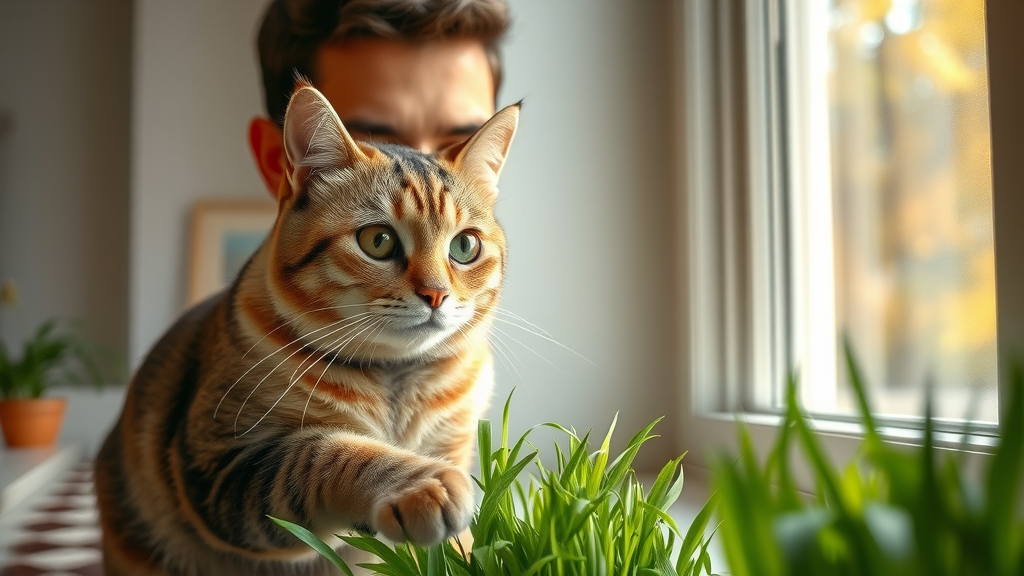
Safe for Cats: What to Know When Cats Eat Grass Indoors and Outdoors
One aspect cat owners should carefully consider is whether the grass their cat eats is truly safe . Outdoor grass, especially wild patches or lawns, often come with unknown risks. Lawns may look lush but could be treated with pesticides that are harmful when ingested. Conversely, certain grasses grown indoors specifically for pets, such as wheatgrass, oatgrass, or ryegrass, are not only safer but can provide a controlled and monitored environment. This reduces exposure to toxins and aids in preventing accidental ingestion of poisonous substances.
Even indoors, ensuring your cat only has access to non-toxic, untreated grass is vital. Many ornamental grasses can appear tempting to cats but are not always safe. In addition, household plants such as lilies and some types of palms are outright dangerous and never safe for cats to eat. For this reason, growing non-toxic “cat grass” in a pot or tray is a preferred choice for many urban and suburban cat parents. By comparing wild, ornamental, and household grass sources, owners can make informed decisions and protect their feline friends from unintended health risks.
Can Eating Grass Cause an Upset Stomach or Lead to Vomiting?
It’s not uncommon for cat owners to find evidence of an upset stomach — such as vomit containing grass — after their pet munches on greens. This can cause concern, but veterinarians reassure us that mild vomiting following grass eating is typically not dangerous. In fact, cats may eat grass specifically because it helps them expel hairballs or indigestible contents from the digestive tract. The fibrous texture of grass can stimulate the stomach lining, prompting regurgitation and assisting in clearing the way for a healthier digestive system.
However, owners should monitor for patterns. If vomiting is frequent or accompanied by lethargy, loss of appetite, or other symptoms, it might signal an underlying health issue that needs professional attention. Occasional vomiting after eating grass is not usually a cause for concern, but persistent or excessive episodes could indicate that your cat is eating grass as a response to deeper gastrointestinal problems. Always observe for other troubling signs and consult with your veterinarian if your cat’s eating or vomiting habits suddenly change.
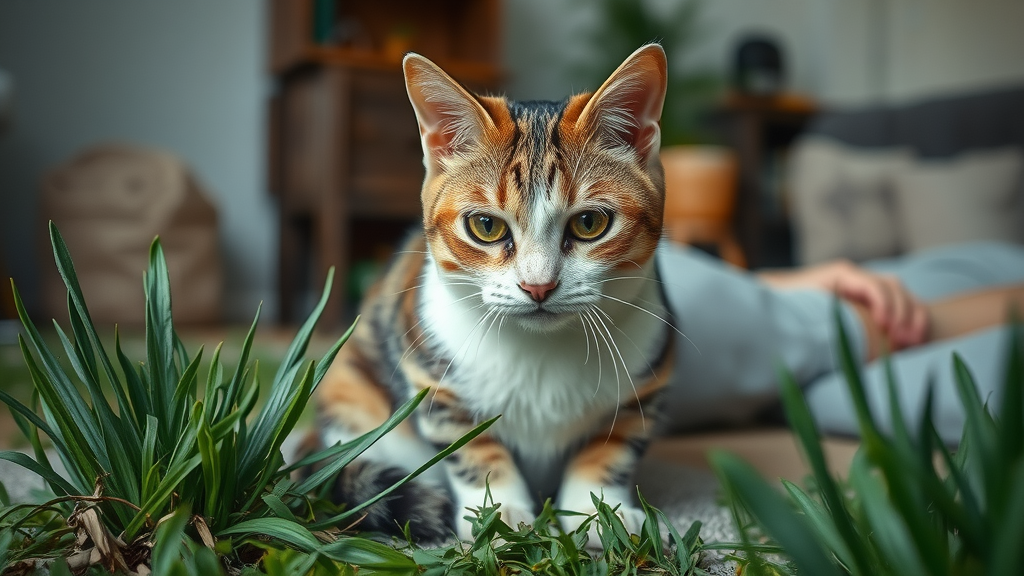
Common Types of Grass and Risks for Cats
| Grass Type | Safe for Cats? | Possible Reactions |
|---|---|---|
| Bermuda | Yes | Occasional vomiting |
| Ryegrass | Yes | Mild laxative effect |
| Ornamental | No | Risk of toxicity |
Top Theories On Why Cats Eat Grass: Evolutionary and Nutritional Perspectives
Despite decades of observation, the exact answer to why do cats eat grass? is still debated. Multiple theories exist, with the most popular centering around cats’ digestive health, instinctual behavior, and potential nutrient supplementation . Evolutionary evidence shows that wild felines and even big cats have been seen eating grass, which supports the idea that this behavior might serve multiple subtle but important purposes. By reviewing scientific studies and comparing wild versus domestic cat habits, we can better understand the reasons behind this natural curiosity — and whether eating grass is truly beneficial for our feline companions.
Some researchers propose that cats may benefit from certain vitamins or minerals found in grass, while others believe the real reward is the physical aid grass provides in helping digested fur, parasites, or other non-food items move efficiently through the digestive tract . Regardless, cats are not the only carnivores to display this enigmatic trait; other animals in the wild also seek out plant matter from time to time, underscoring the complexity of their dietary instincts.
Digestive Health: Grass as a Natural Laxative for Cats
Many experts in feline medicine agree that grass can serve as a natural laxative and a tool for digestive health. When cats groom themselves, they inevitably swallow hair, which can accumulate and form hairballs in the digestive system. Fiber present in grass acts much like a gentle cleanser for the digestive tract, helping cats eliminate hairballs or other indigestible material. The resulting regurgitation or mild laxative effect is considered normal, as it supports gut health and helps prevent blockages.
Even domestic cats that have never encountered wild prey instinctively eat grass to aid their digestion. The rough fibers in grass may irritate the stomach lining just enough to induce vomiting, clearing out fur from grooming or undigested material. This simple yet effective self-regulatory mechanism may explain why cats eat grass consistently across different environments and lifestyles.
Is Eating Grass Instinctual for Cats?
The idea that eating grass is instinctual for cats is supported by numerous studies observing wild felines. Wildcats, from pumas to servals, have been documented chewing on grass in their natural habitats, just like their domesticated cousins. This evolutionary behavior likely offered advantages such as gut cleansing, parasite management, and supplementing dietary deficiencies when food sources were unpredictable. Behavioral experts note that both indoor and outdoor cats display this trait, regardless of their exposure to the outdoors.
Interestingly, even house cats who have never stepped foot outside will chew on grass when offered. The behavior seems encoded in the feline brain, a survival habit passed down from their ancestors. By mimicking wild behaviors, domestic cats eat grass not out of boredom or need, but because of a deeply rooted instinct that transcends environment and diet.
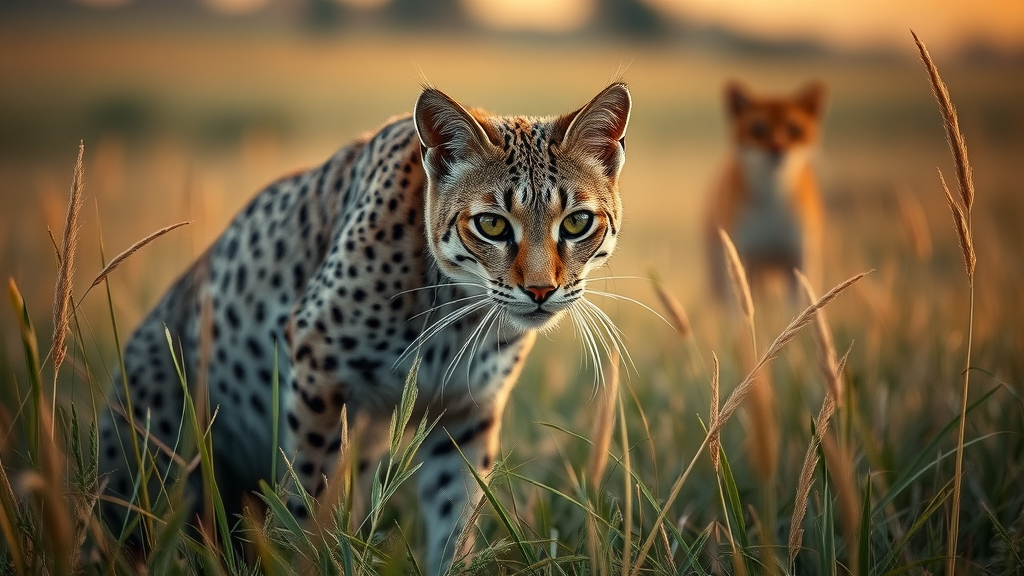
Nutrient Supplementation: Are Cats Missing Something in Their Diet When They Eat Grass?
It’s a popular theory that cats eat grass to supplement nutrients they might be missing in their regular diet. Grasses can contain small amounts of vitamins such as folic acid and trace minerals, which might play a role in feline health, especially for cats that don’t always have access to a balanced commercial diet. Some scientific studies, however, suggest the amount of nutrients cats ingest from grass is minimal and not likely the primary driving factor.
Nonetheless, most veterinarians agree that cats on high-quality, commercially prepared diets rarely suffer from nutrient deficiencies. For cats who consume a lot of grass, it is always a good idea for cat owners to check the nutritional value of the food they are feeding and consult with their vet if they notice compulsive grass eating or other behavioral changes. Ultimately, grass eating is not usually an indicator that cats are lacking essential nutrients, but more a sign of their complex and fascinating natural behavior.
Behavioral Reasons Cats Chew on Grass: Stress, Playful Exploration, and Routine
Beyond health and nutrition, behavioral factors also drive a cat’s tendency to chew on grass. For some, grass eating serves as enrichment or a means to relieve boredom. For others, it’s a harmless extension of their natural curiosity. Understanding these motivations can help cat owners create engaging home environments, reducing the likelihood of their pets nibbling on something harmful.
Grass chewing may also provide sensory stimulation or even comfort in times of mild stress. Regular access to safe greenery — whether inside or outdoors — helps cats maintain a healthy routine while allowing for the expression of natural behaviors. By embracing this quirk, cat owners can support their pets’ mental and physical well-being.
The Role of Boredom and Curiosity in Why Cats Eat Grass
Cats are naturally inquisitive creatures. When presented with a new texture or scent, cats may chew on grass out of curiosity . This exploratory chewing allows them to interact with their environment in ways that are both enjoyable and mentally stimulating. For indoor cats, especially those lacking enrichment activities, a patch of grass can become an irresistible target for play and sensory satisfaction.
A well-enriched home with plenty of cat toys, climbing areas, and safe access to cat-friendly greens decreases the odds that boredom-driven grass eating will escalate to dangerous plant nibbling. Cat owners should try rotating toys and providing safe, edible grass options to fulfill that sense of exploration, channeling their cat’s energy positively.
Routine Grass Eating in Cats: When Is It Normal?
For many cats, grass eating becomes just another part of their day. If you observe that your cat eats grass occasionally, with no signs of distress or illness, this routine can be considered a healthy behavior. Predictable patterns — such as nibbling after meals or during morning exploration — may signal a well-adjusted cat that enjoys a varied and engaging environment.
However, if the grass eating suddenly increases in frequency, if your cat begins to eat large amounts, or if it is accompanied by vomiting, lethargy, or loss of appetite, it may point to an underlying health issue . Always keep an eye out for any changes in routine and consult with a veterinarian when in doubt. Awareness and moderation are key for every responsible cat owner.
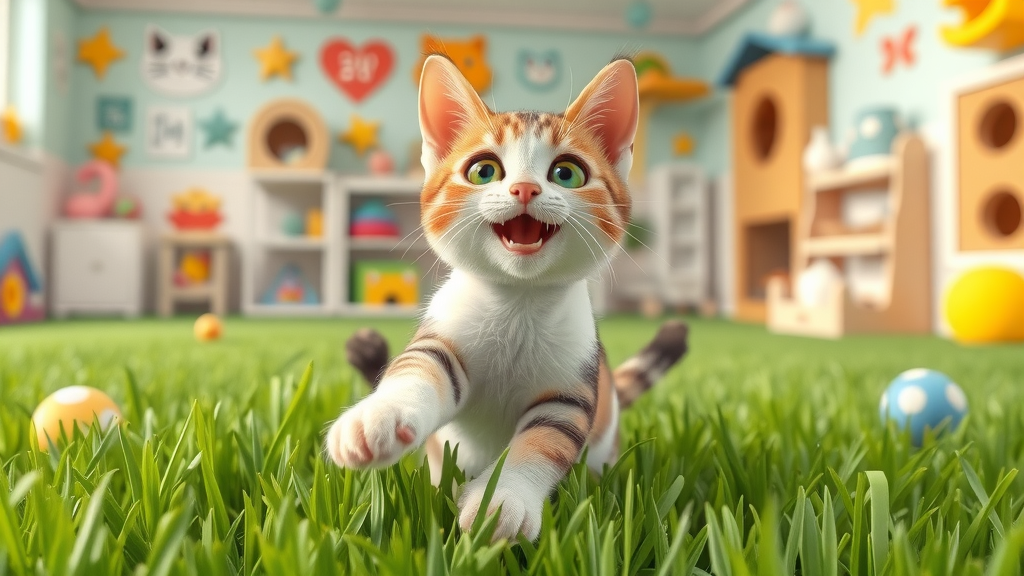
People Also Ask: Is it bad for cats to eat grass?
- For most cats, eating grass is not harmful and may actually help their digestion or allow them to manage hairballs. However, ingestion of treated or toxic grasses can pose risks, so supervision and safe grass options are recommended.
People Also Ask: Does a cat eating grass mean it's sick?
- Not necessarily. While cats sometimes eat grass when they feel nauseous or have an upset stomach, most experts believe it is a normal and instinctive behavior that is usually not a sign of illness.
People Also Ask: Why does my cat eat grass every time he goes outside?
- Outdoor cats are exposed to fresh grass and new stimuli, making grass eating a more attractive and routine behavior. It is part instinct, part exploration, and can contribute to digestive health.
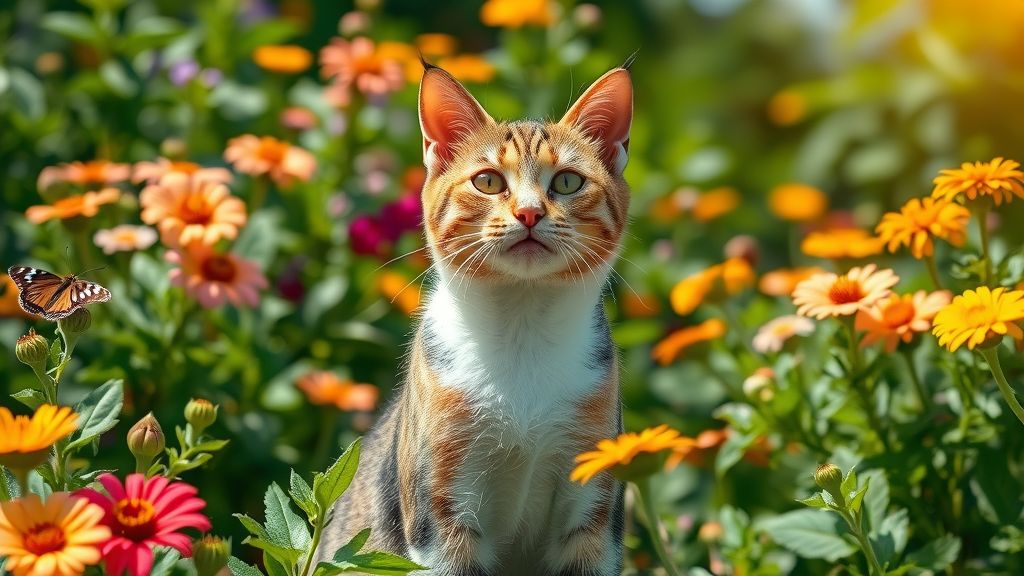
People Also Ask: What are cats lacking if they eat grass?
- There is limited scientific evidence to suggest cats eat grass to supplement specific nutrients. However, some theories propose minor deficiencies or digestive benefits as motivators, but most cats on balanced diets do not lack essential nutrients.
Should You Let Your Cat Eat Grass? Best Practices For Cat Owners
- Grow non-toxic grass indoors (e.g., wheatgrass)
- Prevent access to lawns treated with chemicals
- Supervise outdoor activities
- Consult with a vet if your cat eats grass excessively or displays signs of illness
"Allowing cats to eat grass can support natural digestive processes, but ensure all accessible vegetation is safe and chemical-free." — Dr. Brian Mendez, Feline Nutritionist
Essential FAQs: Why Do Cats Eat Grass? Myths, Truths, and Practical Advice
- Do all cats eat grass? Not all cats eat grass, but many do. It's a common behavior in both domestic and wild cats, influenced by curiosity, routine, and instinct.
- Can kittens safely eat grass? In small amounts and under supervision, kittens can safely chew on grass. However, ensure it’s free from chemicals and not a toxic plant.
- How can I stop my cat from eating dangerous plants? Remove or keep toxic plants out of reach and provide safe grass alternatives specifically grown for cats indoors.
- Will grass eating improve my cat's health? Occasional grass eating can help with minor digestive issues or hairball management, but should not replace veterinary care for any persistent symptoms.
Key Facts About Why Cats Eat Grass: What Every Cat Owner Needs to Know
- Most cats eat grass occasionally and without harm
- Eating grass can relieve minor digestive discomfort
- Choose cat-friendly grass over potentially toxic varieties
- Always seek veterinary advice for sudden changes in eating habits
Hidden Truths and Final Takeaways On Why Do Cats Eat Grass?
- While the exact reasons why cats eat grass remain a topic of research, the behavior is natural and generally safe if proper precautions are taken. By understanding your cat's unique needs and providing safe options, you can support their health and satisfy their instincts.
Cats eating grass is a behavior observed in both domestic and wild felines, and several theories attempt to explain this phenomenon:
Digestive Aid: Grass acts as a natural laxative, helping cats expel indigestible materials like fur and bones. The fiber in grass can assist in moving these substances through the digestive tract, reducing the risk of blockages. ( petmd.com )
Inducing Vomiting: Cats may eat grass to induce vomiting, which helps them eliminate indigestible parts of their prey, such as feathers and bones. This behavior is thought to be instinctual, aiding in the removal of unwanted materials from their stomachs. ( hillspet.com )
Nutrient Supplementation: Grass contains folic acid, a vitamin that supports blood oxygenation and overall health. Some experts believe cats might consume grass to supplement their diet with this nutrient. ( vcahospitals.com )
Parasite Control: An evolutionary perspective suggests that grass consumption helps cats purge intestinal parasites by increasing muscle activity in the digestive tract, facilitating the expulsion of these parasites. ( science.org )
Behavioral Factors: Some cats may eat grass out of curiosity, for sensory stimulation, or as a form of stress relief. The texture and taste of grass can provide mental enrichment and satisfy natural instincts. ( merrimacvalley.com )
While occasional grass eating is generally safe, it’s important to ensure that the grass is free from pesticides, herbicides, or other chemicals that could harm your cat. Providing cat-safe grass indoors can offer a controlled environment for this behavior. If your cat exhibits excessive grass eating or shows signs of distress, consult your veterinarian to rule out underlying health issues.
 Add Row
Add Row  Add
Add 


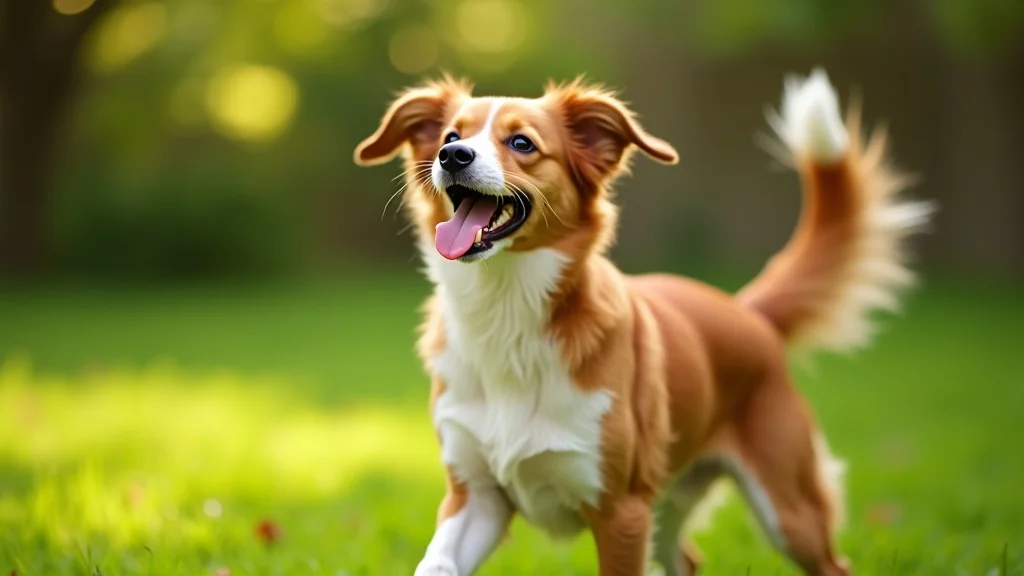
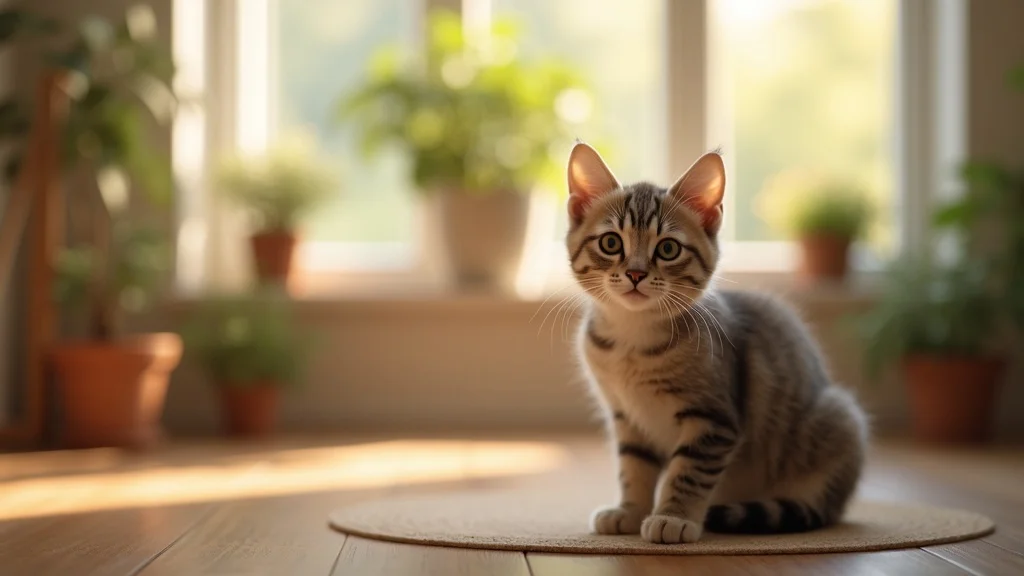
Write A Comment